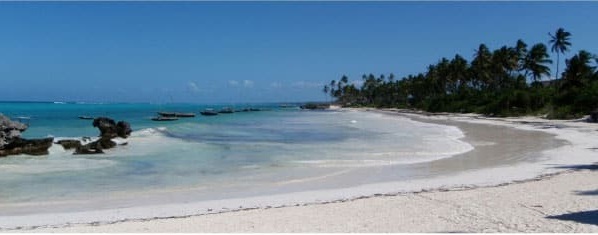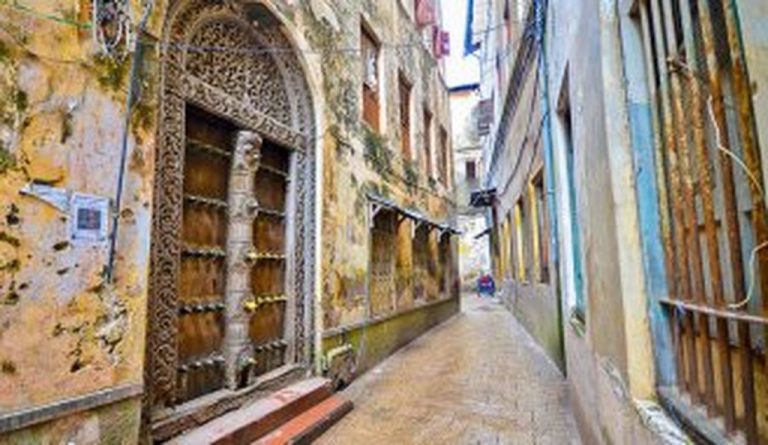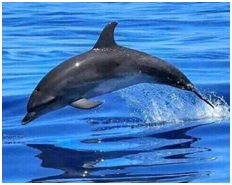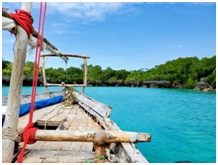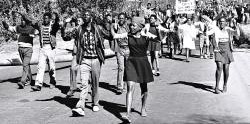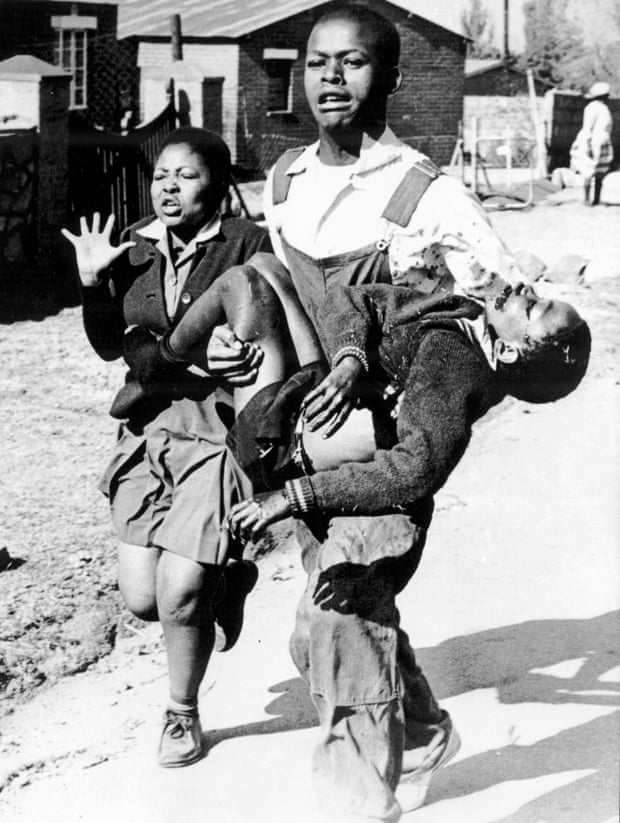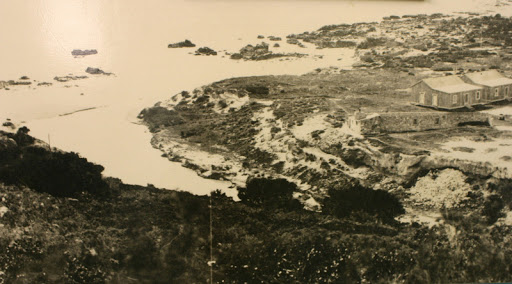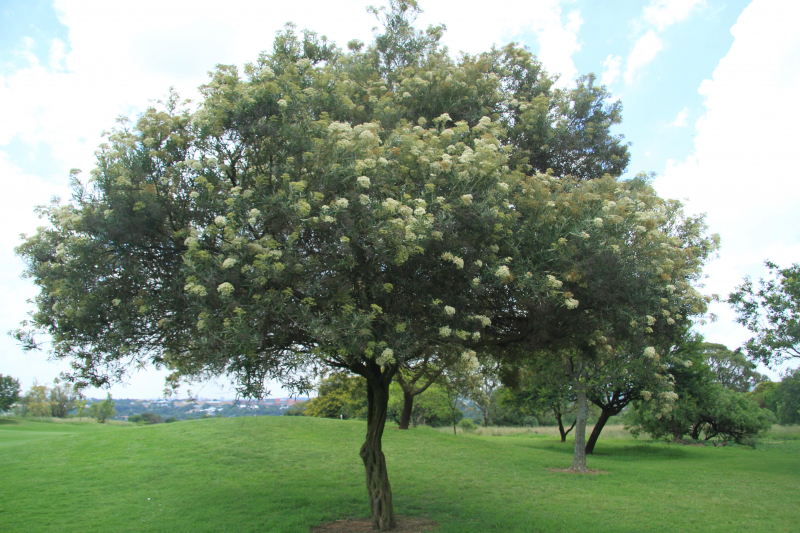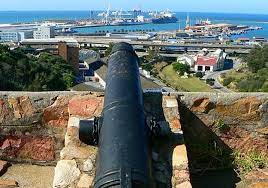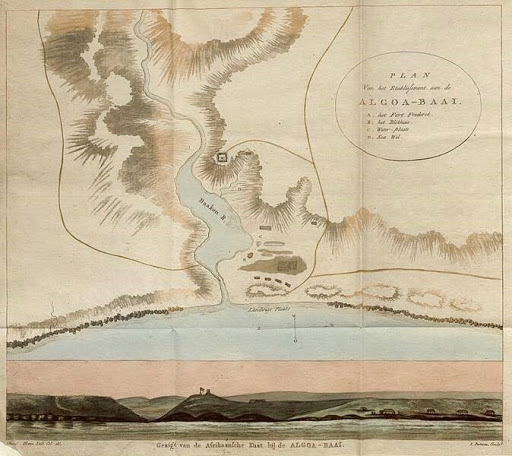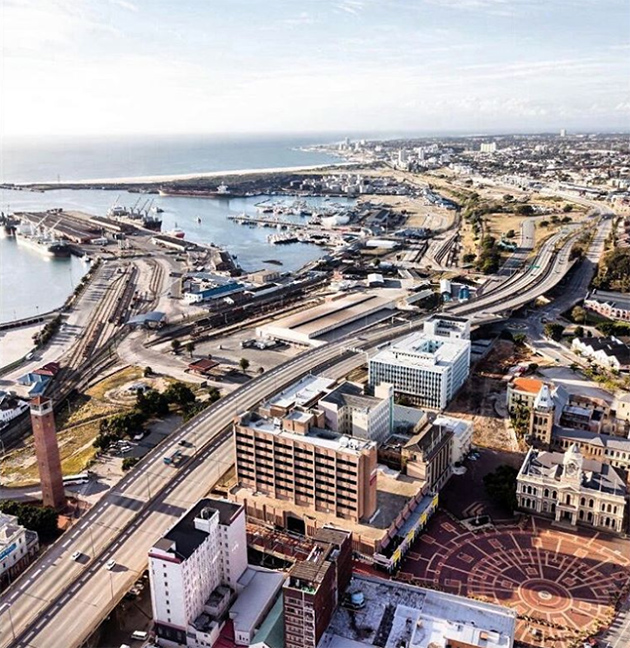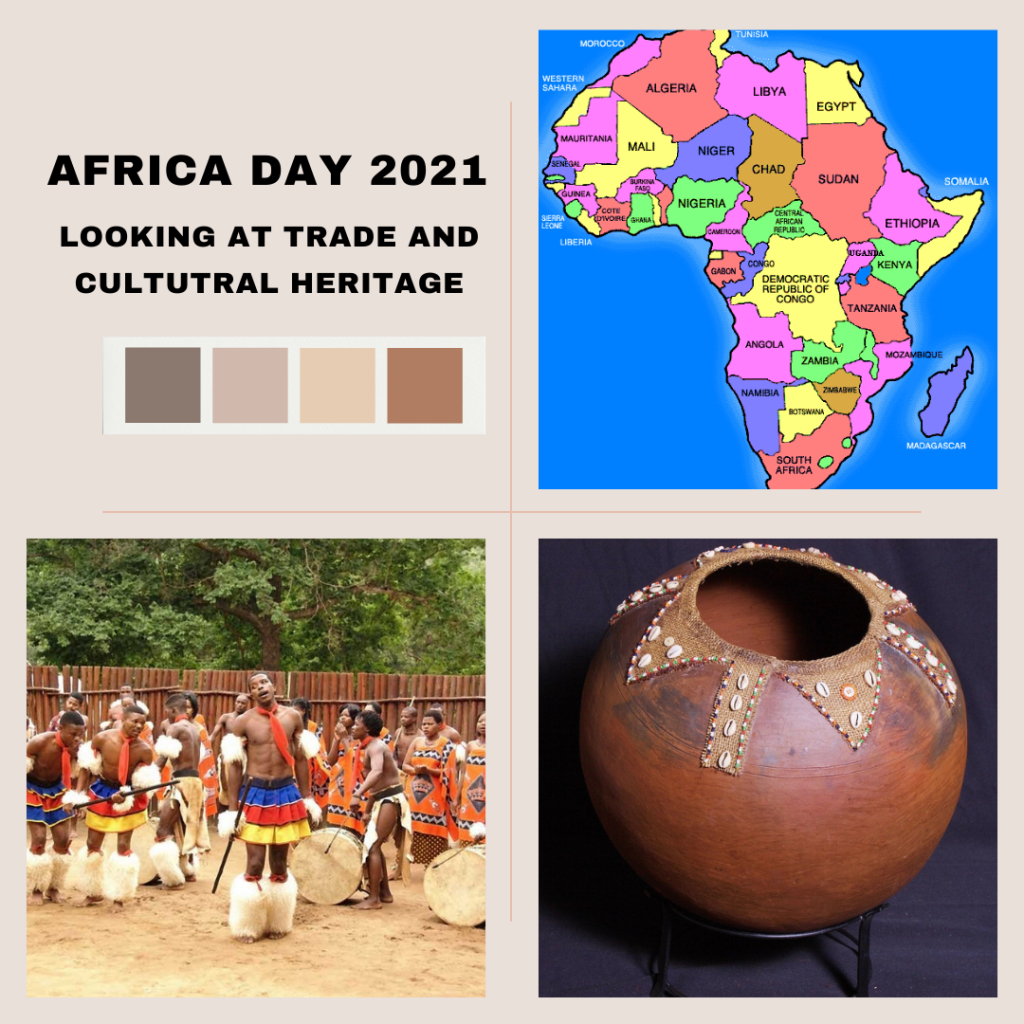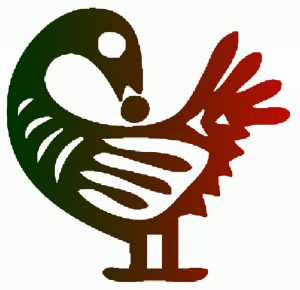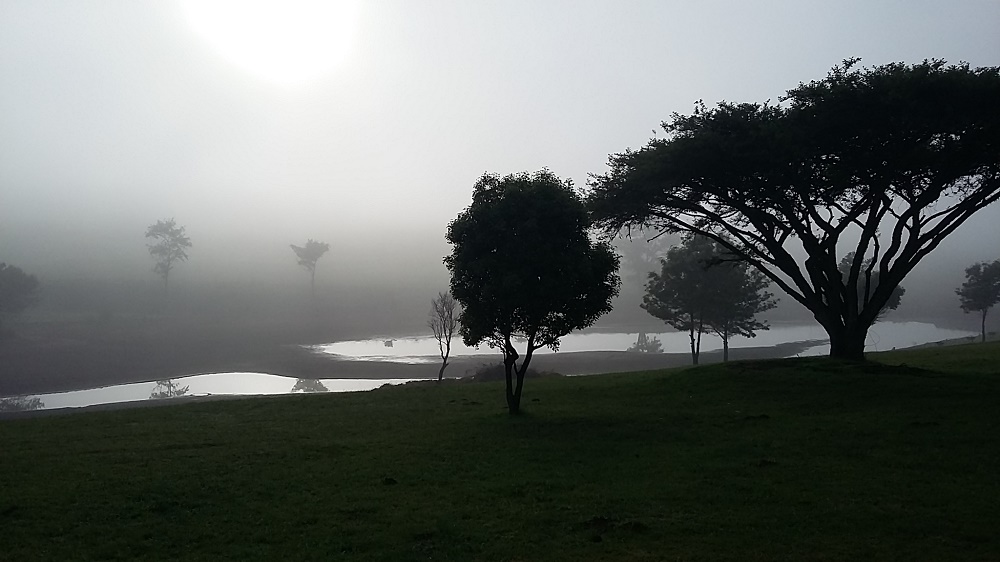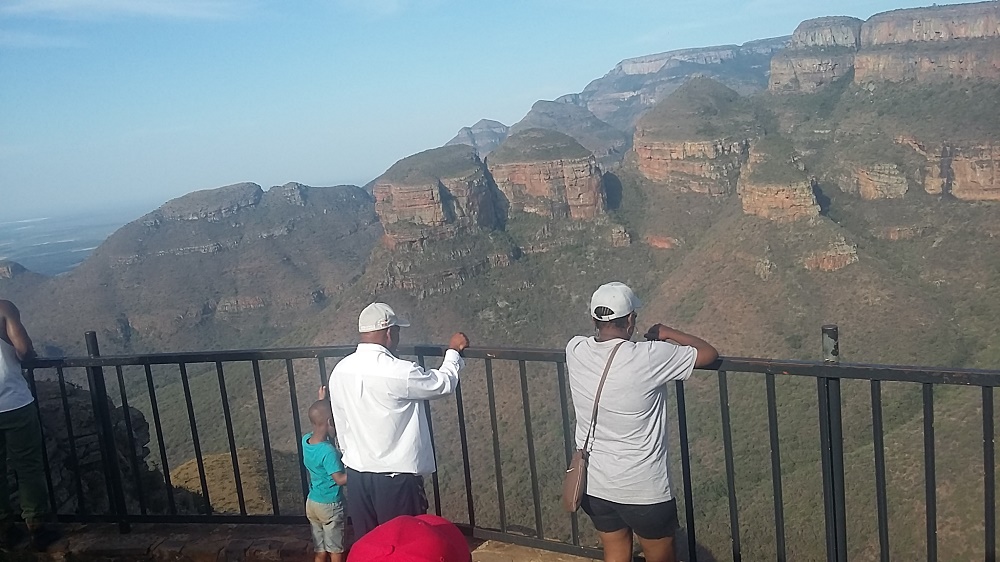For those looking to the heavens for insights into mankind’s history, Mpumalanga is the place to watch the sunrise. Arriving at Adam’s calendar at 4am on the 21st June will give you enough time to find a comfortable spot to experience the winter solstice. Between the two eastern observation rocks, you will see the sky begin to lighten from black into shades or orange, and yellow before finally seeing the marvel that the inhabitants of the area have been observing for thousands of years-the sun’s perfect rising that shows the midpoint of the year and the return journey of the Ra’s celestial boat from the northern hemisphere. This is the sign that winter will soon be over and that locals can begin to perform preparations and rituals for the coming spring.
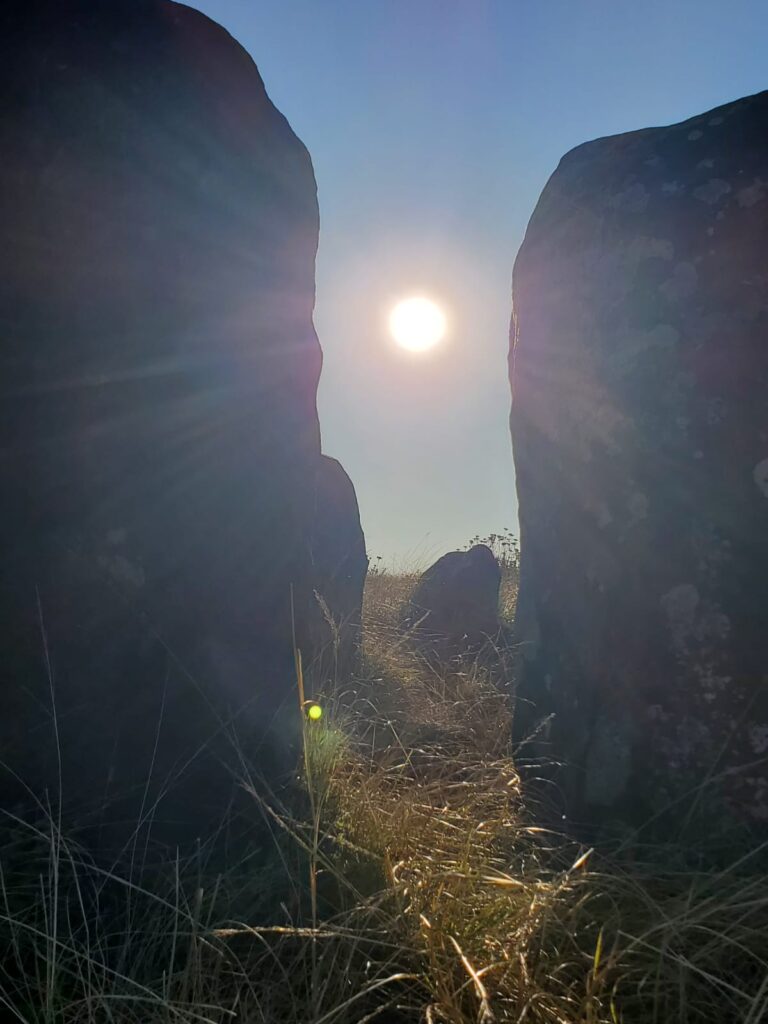
Adam’s calendar is aptly named “Inzalo Yelanga”, meaning “The Birthplace of The Sun”, the place where hope of longer days makes an appearance in the middle of winter. This ancient stone circle predates Stonehenge by tens of thousands of years and is believed to be over 75,000 years old. Its precise alignment with cardinal directions and celestial events like equinoxes and solstices suggests a sophisticated understanding of astronomy that exceeds previous assumptions about early human capabilities.
The site’s carefully positioned stones create precise alignments with the rising and setting sun, demonstrating an advanced understanding of celestial mechanics. The eastern stones perfectly frame the rising sun, reminding us of the timelessness of nature. Standing in the shadow of those stones at sunrise is a reminder that we are only here for a short moment in time. The stones have borne witness to countless sunrises and call apon you in the moment to just breathe. To let go of your plans for a moment and embrace your place as a witness to the wonders of the universe.
A trip to experience this marvel will cost you between 1000 and 2000 rands, depending on whether you would like to visit other ancient sites of the area. Send us a message and let us know if we can organize a trip for you.
